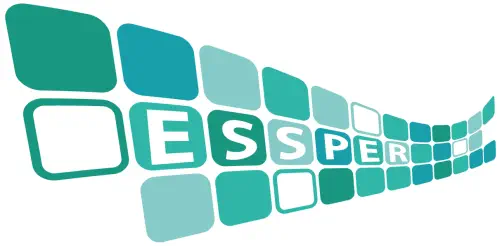Associazione ESSPER
periodici italiani di economia, scienze sociali e storia
periodici italiani di economia, scienze sociali e storia

Polemos - 2019
Risultato della ricerca: (23 titoli )
| Brexit, boundaries and the power of images |
Polemos - 2019
| Freed by the Court: the role of images between remembrance and oblivion of war crimes |
Polemos - 2019
| Images and customary international law, or the desctruction/construction of international norms through images |
Polemos - 2019
| Judging from experience. Law, praxis, humanities [Recensione] |
Polemos - 2019
| Law, literature and genocide: Rupert Bazambanza's Smile through the tears |
Polemos - 2019
| Make it new! The redeeeming modernism of law and the collapsing of its polarities |
Polemos - 2019
| Moshe Safdie at Yet Vashem: architecture, politics, identity |
Polemos - 2019
| The padagogical value of young-adult speculative fiction: teaching environmental justice through Julie Bertagna's Exodus |
Polemos - 2019
| The power of images throgh law, art and history |
Polemos - 2019
| Requiem for Ivan Ilyich: the problem of judicial interpretation in Tolstoy's literature |
Polemos - 2019
| Victor's justice? Cultural transfert and public imagery from Nuremberg to The Hague |
Polemos - 2019
| The abstruse syntax of law in Wilkie Collins's The law and the lady |
Polemos - 2019
| Charles Dickens and the rethoric of law in David Copperfield |
Polemos - 2019
| Elisabeth the rethorician. An analysis of the greatest speeches by the Virgin Queen |
Polemos - 2019
| Gentelmanliness, staus and law in Anthony Trollope's Lady Anna |
Polemos - 2019
| Infanticide in Adam Bede: Hetty Sorrel and the language of justice |
Polemos - 2019
| Late-Victorian experiences with Italian legislation: stories of sex, madness and social commitment |
Polemos - 2019
| Legal perspectives in Victorian literature |
Polemos - 2019
| Pier Giuseppe Monateri, Dominus Mundi. Political sublime and the world order [recensione] |
Polemos - 2019
| Praising the world 'by geometrical terms': legal metrics, science and indicators in Swift's Voyage to Laputa |
Polemos - 2019
| Robotics and work: between fiction and reality |
Polemos - 2019
| 'Undesiderable immigrants': the language of law and literature in Joseph Conrad's 'Amy Foster' |
Polemos - 2019
| The voice of the people in Homer |
Polemos - 2019
